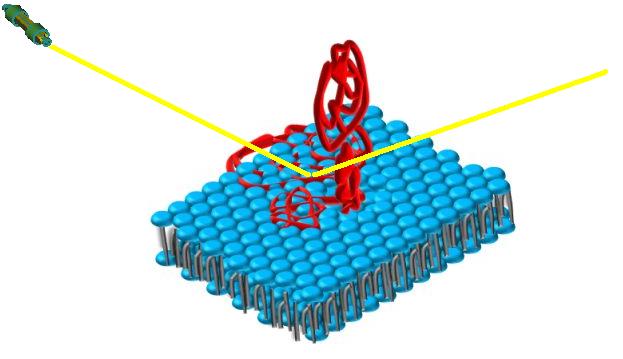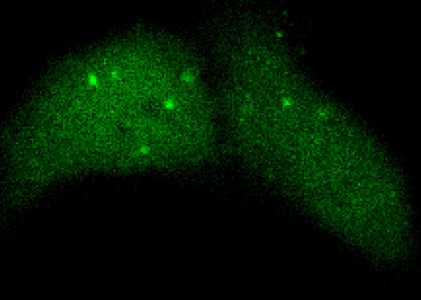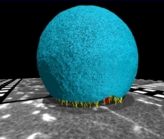Experiment Neutron reflection from artificial lipid bilayers and spectroscopic ellipsometry (SE) applied in Biological Physics group, Manchester. Neutron reflection gives direct access to detailed microscopic information about the structure of the phospholipid bilayers as well as the their interactions with nano-objects at molecular and cellular levels from various biointerfacial processes. 
Contact: Jian Lu (read more)
Transduction of nucleotides, proteins and small molecules into cells for pharmaceutical purposes, or imaging agents to monitor drug trafficking is done by BioScience Engineering Group, Cambridge. Fluorescence lifetime imaging microscopy (FLIM) in combination with laser scanning confocal microscopy is used to study the cellular uptake behavior.

Contact: Nigel K.H. Slater (read more) Electrophysiological experiments on biological membranes in the Membrane Biophysics Group, Copenhagen have objective to detect and characterize the pores in the membranes arising spontaneously or induced by incorporated nano-objects. The measurements focus on calorimetric profiles of membranes with and without proteins, and thermodynamic analysis of heat capacities in order to investigate the influence of proteins on the phase behaviour of lipid membranes.

Contact: Thomas Heimburg (read more) Preparation and manipulation of giant unilamellar vesicles that are then observed by means of optical microscopy is done in the Membranes and Microforces Mcube group, Strasbourg. A full range of optical microscopy techniques are available including confocal fluorescence, microscopy epi-fluorescence, phase contrast, reflection interference contrast microscopy, and some other optical techniques. Electroformation for giant vesicles, liposomes by sonication or extrusion, and supported bilayers by Langmuir transfer or liposome fusion provides for a range of bilayer architectures.

Contact: Carlos Marques (read more) | 